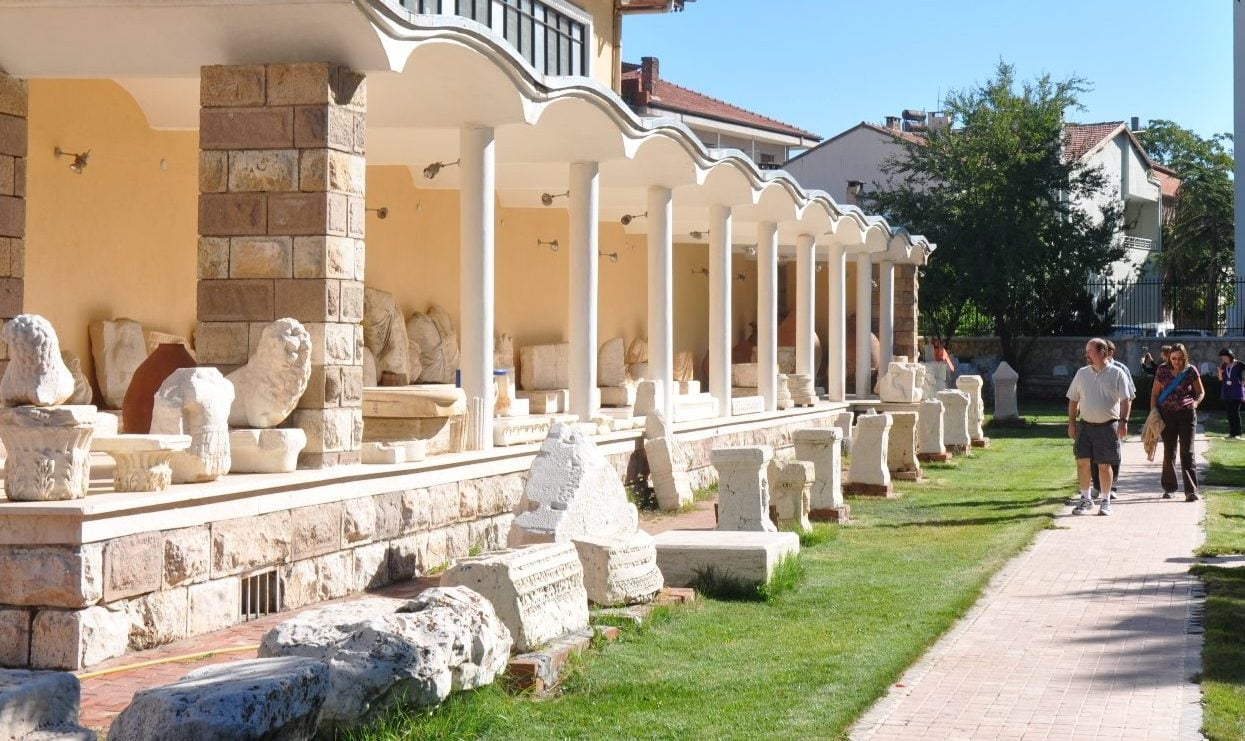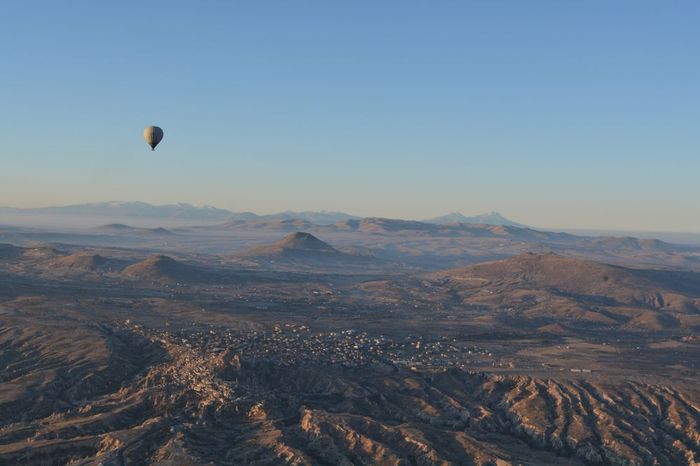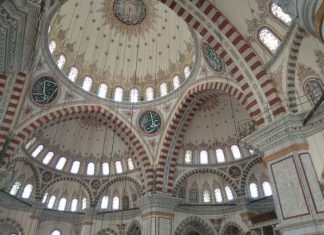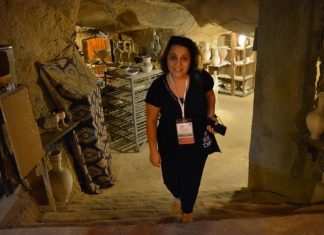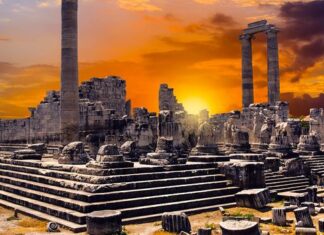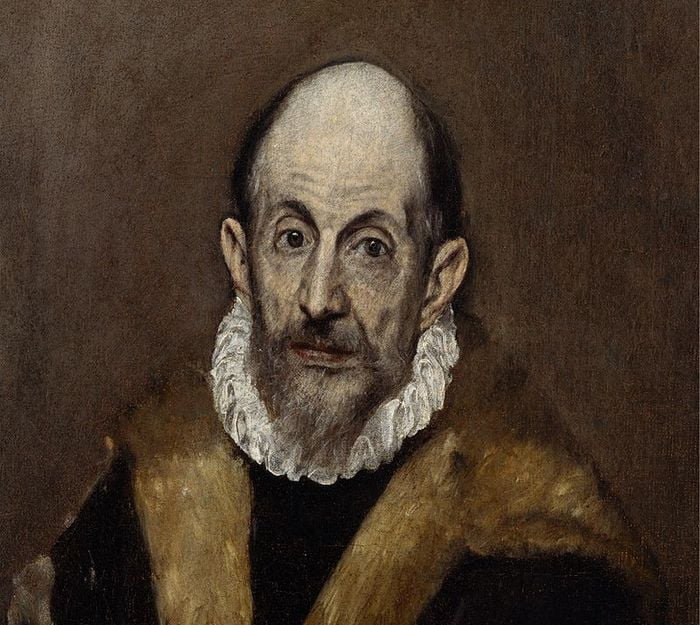During the Seljuk period, the first Oghuz clan to settle in the region bore the name Yalvac, and this is the origin of the county` present name. The Anatolian Seljuks extended their military and political control of the peninsula eventually establishing a sultanate based in Konya.
After the Mongol invasion in the first half of the 14th century, the Anatolian Seljuk realm broke up into a chaos of successor states- small localized Turkish principalities.
Yalvac fell within the borders of one of them, that of the Hamitoglu tribe. Under their tenure, Yalvac began to grow and recover its importance.
The Devlethan (Ulu) mosque, built in the 14th century, is a work of the Hamitoglu period. This mosque, with its charming stonework and inscriptions set amidst fragrant roses, is a fine example of Turkish principalities-period architecture.
In 1380, Ottomans took Yalvac under their rule. The architectural monuments built in this period reflect the importance given to art in the Ottoman Empire. Under the Republic, Yalvac was incorporated into the province of Isparta.
Other places of interest
Men was an indigenous Anatolian moon-god whose worship can be identified as early as the 3rd millennium BC. Antiocheia was one of the most important centers of the Men cult, whose symbols appear on the city` coins and whose monuments dedicated to the god can be found in a number of places. A precinct sacred to Men is located five kilometers from Yalvac. The temple here is dated to the 4th century BC. In addition to the temple, there are also two churches, a stadium, and dwellings at the site.
Twenty-five kilometers from Yalvac in Lake Hoyran is the island of Hoyran, a historical setting whose mystical atmosphere captivates visitors. Located on the island which is surrounded by fortifications, are the remains of a temple dedicated to the goddess Artemis that seem almost to beg those who come to see them to be allowed to return to their days of former glory. Set into the craggy cliffs on the opposite side of the island are rock tombs whose positions and architectural features enchant the eye. Another important historical site on the island is a monastery dedicated to the Virgin Mary that was constructed here by the faithful.
Read More about Own marketing
